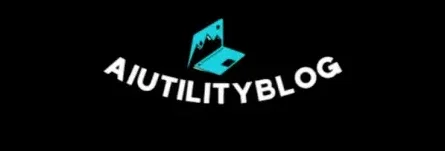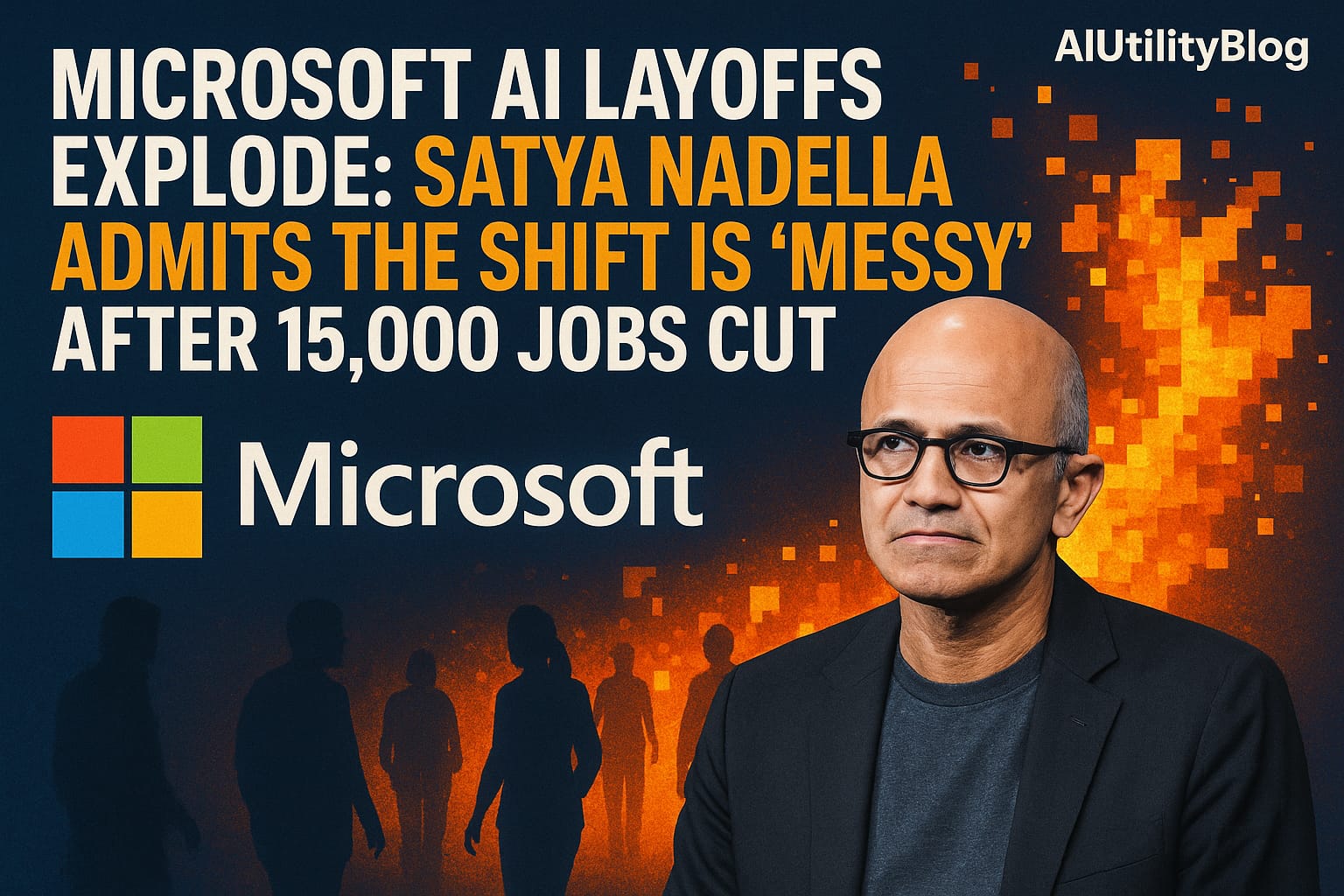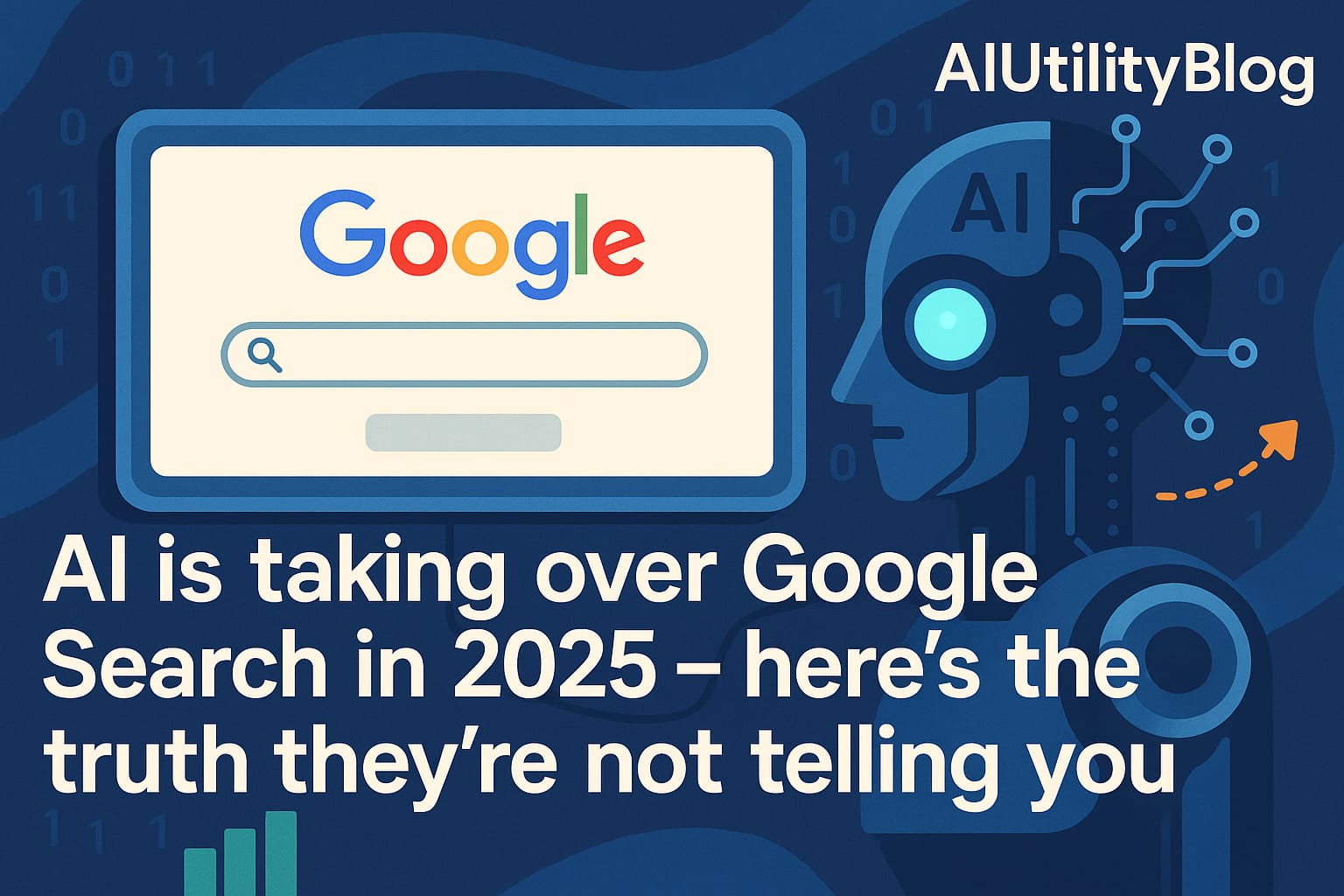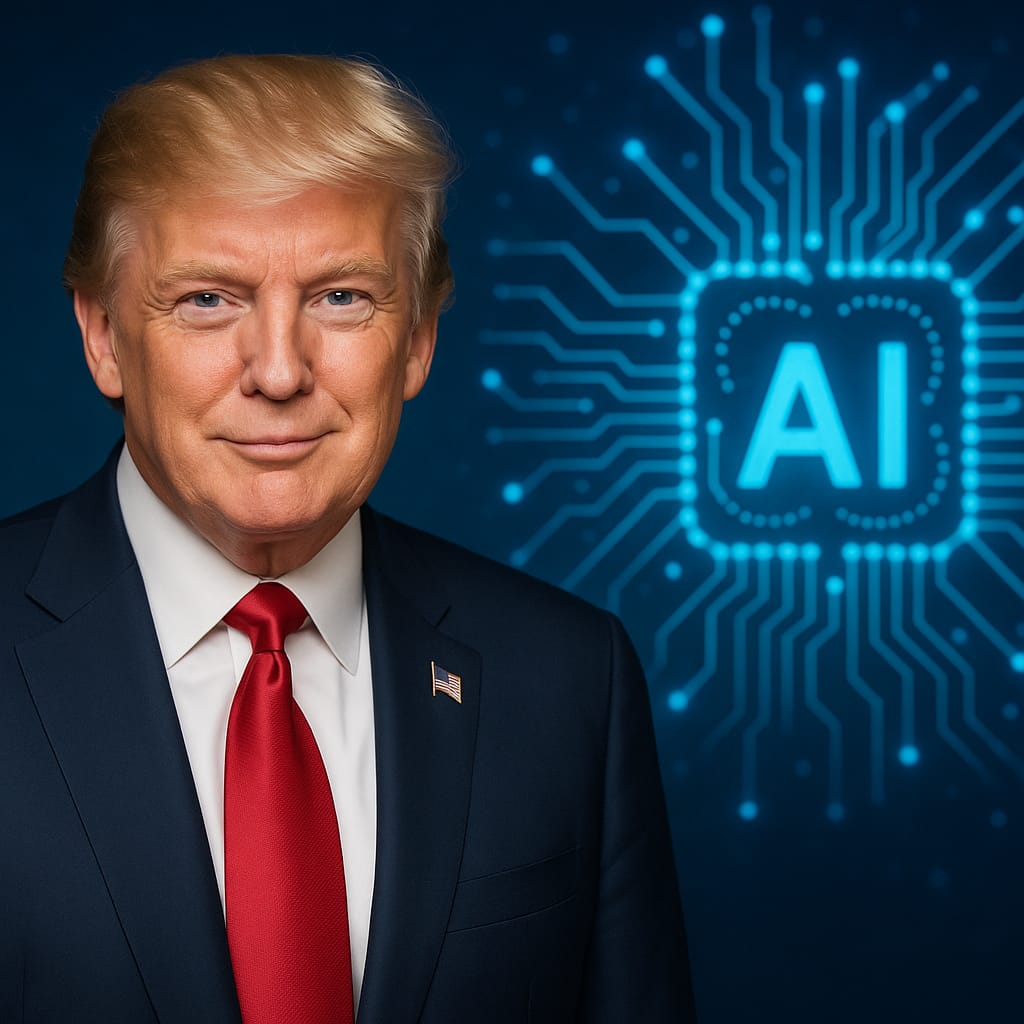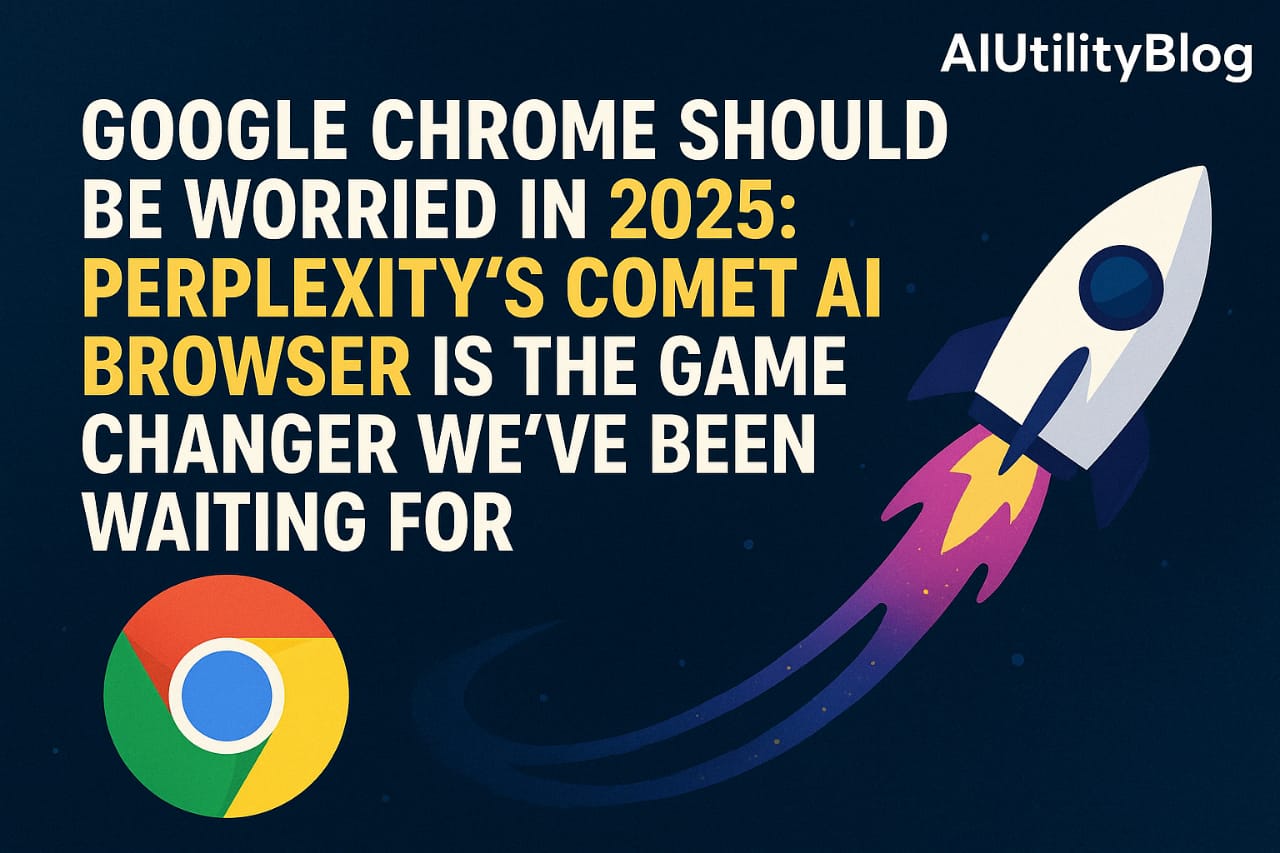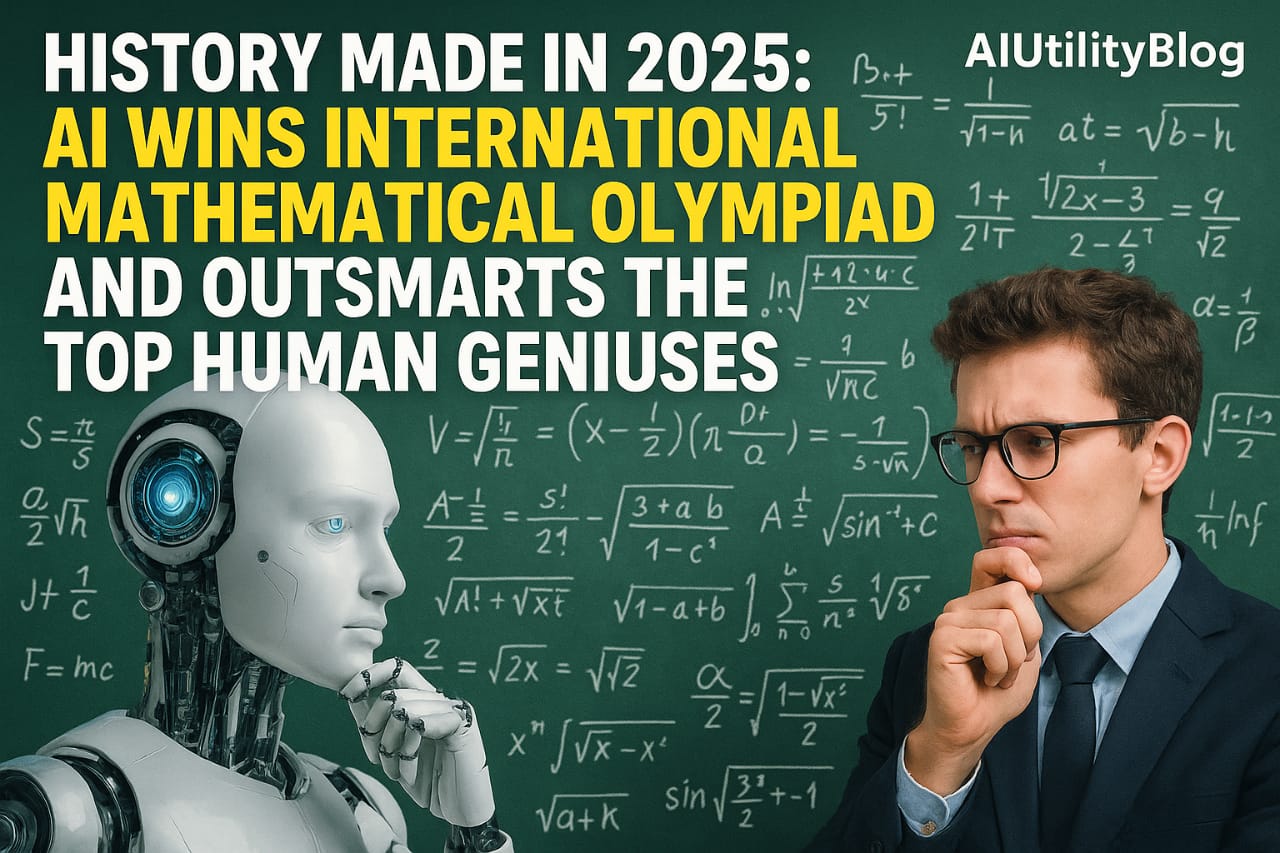In a stunning turn of events that has sent the tech world into a spin, Microsoft AI Layoffs 15,000 employees as part of its aggressive shift to artificial intelligence. While the company continues to ride high on AI innovation, the human cost of its transformation is giving rise to some hard questions. And now, in a rare show of honesty, Satya Nadella has finally spoken, calling Microsoft’s AI journey “messy.”
This is not another round of tech layoffs. This is the future of AI automation remaking the future of jobs.
And perhaps even Microsoft’s future.
Let’s dig in on why these Microsoft AI Layoffs occurred, what Satya Nadella actually said, and what all this fuss portends for the future of work, AI, and human dignity in a world that’s increasingly machine driven.
Table of Contents
🔥 The Breaking Point: Why Microsoft AI Layoffs 15,000 Employees
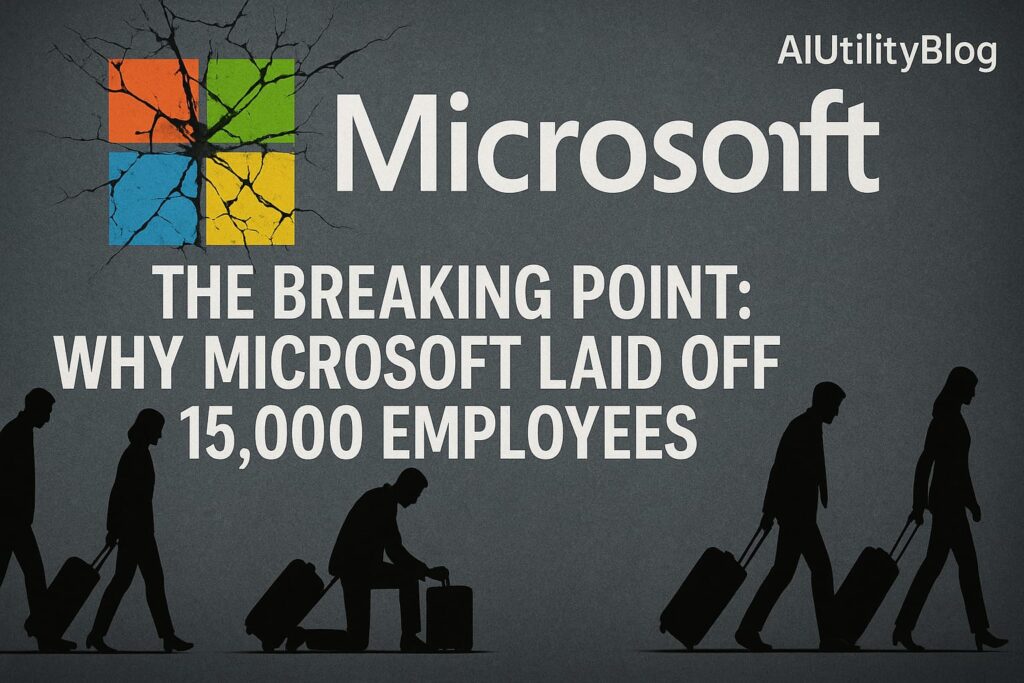
Microsoft did not just cut workers. It re-wrote its whole operating DNA, re-focusing on AI automation, machine learning, and generative AI technologies such as Copilot and OpenAI’s ChatGPT.
The main reason Microsoft is laying off so many AI workers is the company’s going all in on investing in artificial intelligence. From integrating AI into Microsoft 365, to rolling out Azure OpenAI services and GitHub Copilot, the company is sprinting to dominate the AI market. But that doesn’t pay for itself.
Main reasons for the layoffs:
- AI displacing operations, support, content moderation, and even coding jobs
- Branches being shut down as automation equipment becomes the standard
- 2025 strategy realignment for focusing generative AI initiatives
Microsoft justified these reductions as a way to concentrate its efforts and finance the company’s phenomenal development in artificial intelligence, but the question is: Was it worth sacrificing 15,000 jobs?
🎙️ Satya Nadella Breaks His Silence: “It Feels Messy”
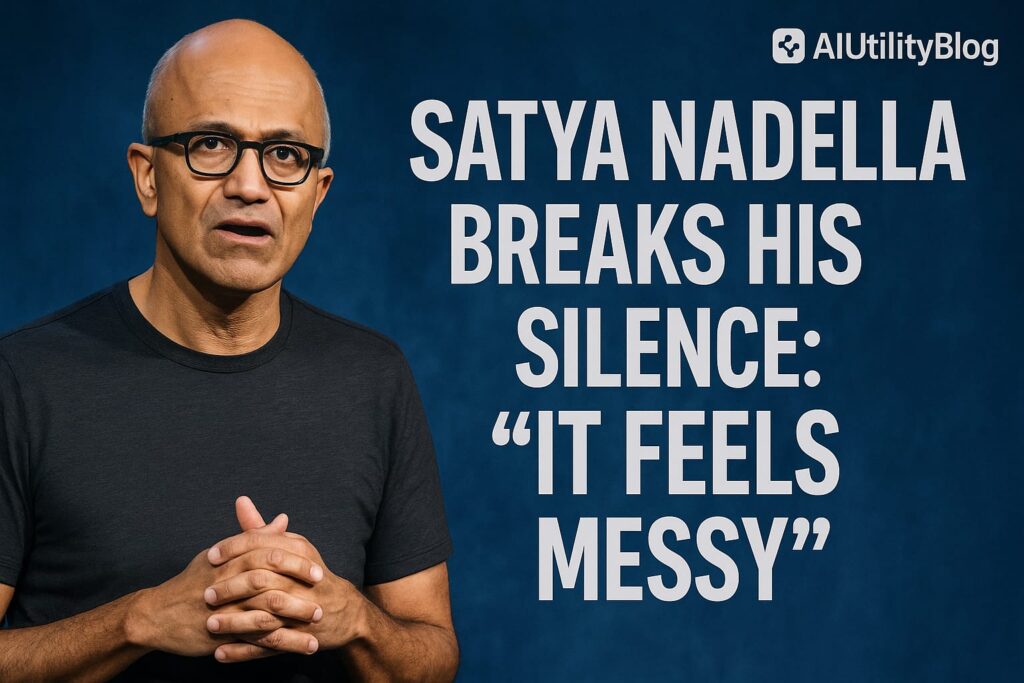
In a recent interview, Satya Nadella spoke of the disruption that ensued after the layoffs. He acknowledged that the sudden AI transition has not been easy:
“This AI revolution is what we need for the future. But sure, when you’re remodeling an organization of our size, it gets messy. Especially when it involves people.”
This unusual weakness on Nadella’s part has made headlines globally. Unlike the usual corporate jargon, he admitted to the organizational and emotional disorientation that resulted from attempting to shift one of the world’s largest technology giants.
Nadella’s remark shows what many insiders describe as “Microsoft’s chaotic AI revolution.”
🧠 The Dark Side of AI at Microsoft:
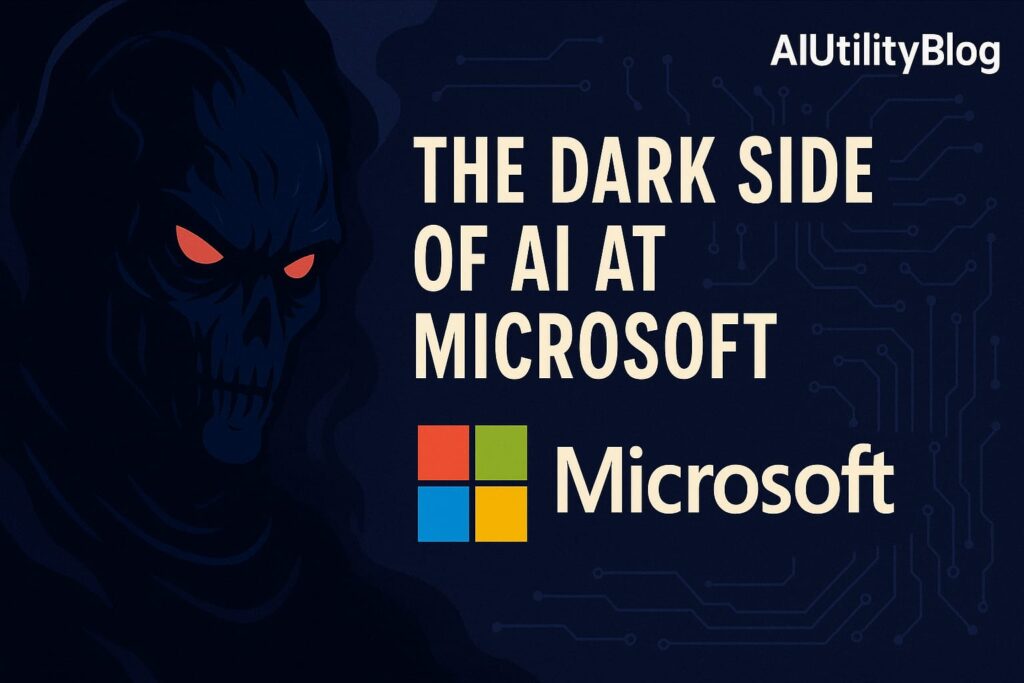
The drive toward AI supremacy is not merely a technical revolution it’s a human and ethical emergency.
Former employees are complaining about:
- Sudden terminations by email
- Cold, algorithmic decision
- Teams being dissolved overnight
While Microsoft is marketing Copilot and AI applications as the future of productivity, those individuals who once powered such products feel left behind.
“AI killed my job,” says one former employee.
Microsoft’s dark side of AI is not the firing. It’s what occurs when innovation loses sight of humanity. AI can make processes more efficient, but can it substitute for empathy, loyalty, and real human expertise?
💸 Is Microsoft’s AI Gamble Worth It?

With 15,000 Microsoft AI Layoffs and internal tensions simmering, investors and analysts are questioning whether Microsoft’s AI first approach will ultimately pay off.
The numbers are healthy Microsoft stock keeps going up, Copilot adoption is growing, and OpenAI deals are strong. But under the surface are a volatile workforce, demoralized employees, and the public growing more and more dubious about AI taking jobs without any safeguards.
“15,000 gone worth the Microsoft AI gamble?
That’s the question haunting the industry.
Yes, AI is the future. But that revolution was not gradual. It was swift, icy, and in most cases, brutal.
⚙️ Microsoft’s Broader AI Vision:
Even amidst the turmoil, Microsoft’s vision of AI is revolutionary.
The company is:
- Embedding AI in all lines of products
- Working closely with OpenAI
- Publishing AI APIs on Azure
- Releasing AI agents and copilots throughout Microsoft 365, GitHub, Windows, and Bing
Satya Nadella feels that AI will enable all employees, artists, and businesses. But as we have already witnessed with Microsoft AI Layoffs, not everybody will be equally enabled by this particularly those employees whose jobs are now automated.
💔 The Human Cost of Progress:
Behind the keynote stages and press releases is a bleaker reality: AI development is being supported at the expense of human employment.
This wave of AI layoffs is not unique to Microsoft. But due to Microsoft’s scale and reach, its moves are now setting the tone for the rest of Big Tech.
“We believed that AI would assist us, not substitute for us,” a jobless software developer said.
These are the actual stories that are excluded from the corporate lore stories about individuals who worked for a company for years and were replaced by a chatbot, a model, or an automated pipeline.
📉 Impact on the Tech Industry and Jobs in 2025
Microsoft’s action is a giant wake up call to the tech community: AI automation is here, and it’s eliminating jobs fast.
Important trends that we are observing in 2025:
- Software test engineers, support staff, copywriters, and junior programmers themselves are being replaced
- Halting recruitment in favor of expenditure on AI software
- Other companies like Google, Meta, and Amazon are watching Microsoft and will soon follow
If Microsoft AI Layoffs during the chaos, then a domino effect of the same restructures will follow throughout the industry.
🚨 Inside Microsoft’s Chaotic AI Revolution:
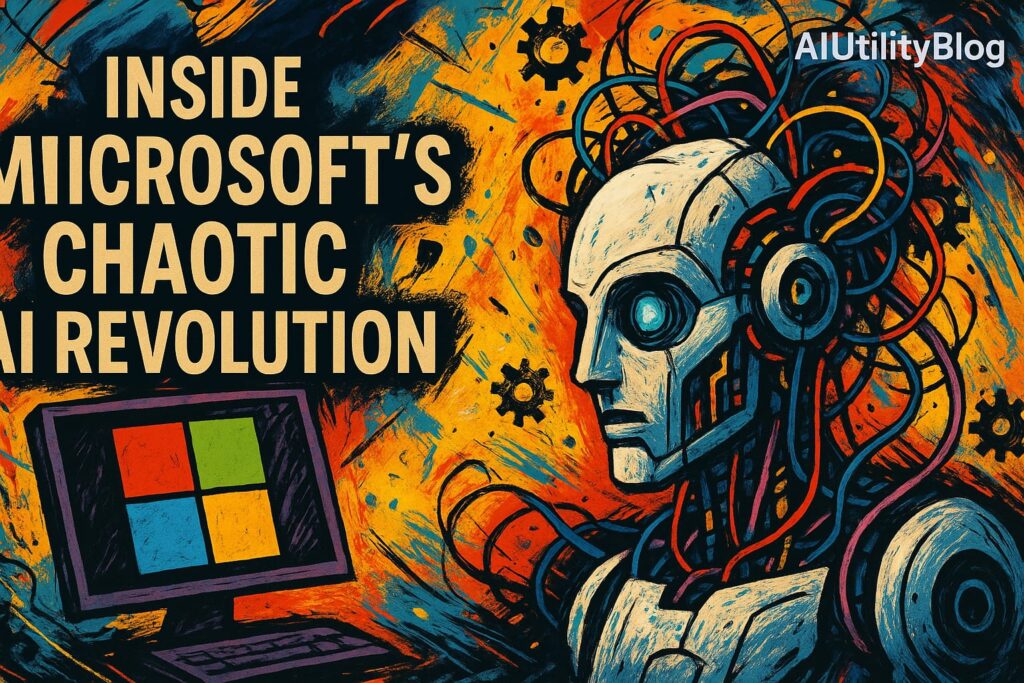
Insiders describe the mood at Microsoft as “tense and unpredictable.”
Most of the workers did not know if their positions were secure. Middle management has been dismantled. Traditional procedures have been turned on their head to “go faster” with AI. What felt like a tech firm before is now beginning to feel like an AI lab with a trillion dollar valuation.
Employees speak of:
- Communication breakdown
- Survivor guilt in those who survived
- Pressure to upskill on AI tools or get nexted
This is Microsoft’s chaotic AI revolution a vision of the future that many didn’t ask for, but are now forced to adapt to.
📈 What Should Workers and Businesses Learn from This?
The Microsoft AI Layoffs are not solely about one firm. They are a warning.
If you are an employee:
- Begin learning AI tools today
- Develop competence in prompt engineering, automation integration, and data literacy
- Understand how AI impacts your work
If you have a business:
- Be open with your employees
- Align AI adoption with human dignity
- Don’t go rushing into AI to be hip be smart and ethical in terms of having a plan
🧩 Final Thoughts: Microsoft’s Future and Ours
Satya Nadella’s honesty — “It feels messy” — may be the best descriptive phrase used in 2025 about Microsoft AI Layoffs.
Yes, Microsoft will recover stronger. Yes, it will dominate AI innovation. But the emotional, social, and ethical aftershocks of 15,000 AI terminations will reverberate for years to come.
This is a test of tech not a test of how innovatively fast we can be, but of how responsibly well we can do it.
Here’s hoping Microsoft, and the rest of the artificial intelligence community, can learn to lead with both head and heart.
🔍 Frequently Asked Questions:
Q1. Why did Microsoft AI Layoffs 15,000 employees in 2025?
Microsoft reshuffled to focus on AI-driven products and automation. Many jobs were done away with, as AI technologies replaced them or rendered them redundant.
Q2. Is Microsoft’s AI future at risk?
While the transition has been messy and controversial, Microsoft’s long term AI plans remain strong, though internal and public trust have been shaken.
Q3. Which careers were most affected by Microsoft AI Layoffs?
Customer support, technical writing, HR operations, QA testing, and junior developer positions got impacted the most.
Q4. Was Satya Nadella discussing the Microsoft AI Layoffs?
Yes. Satya Nadella conceded that the AI shift has been “messy” but maintained it is part of Microsoft’s evolution that it must embark upon.
Q5. How can employees maintain their jobs from automation by AI?
Upskill in AI, machine learning, automation integration, and data analysis. Stay ahead of the competition by learning how AI is changing your industry.
